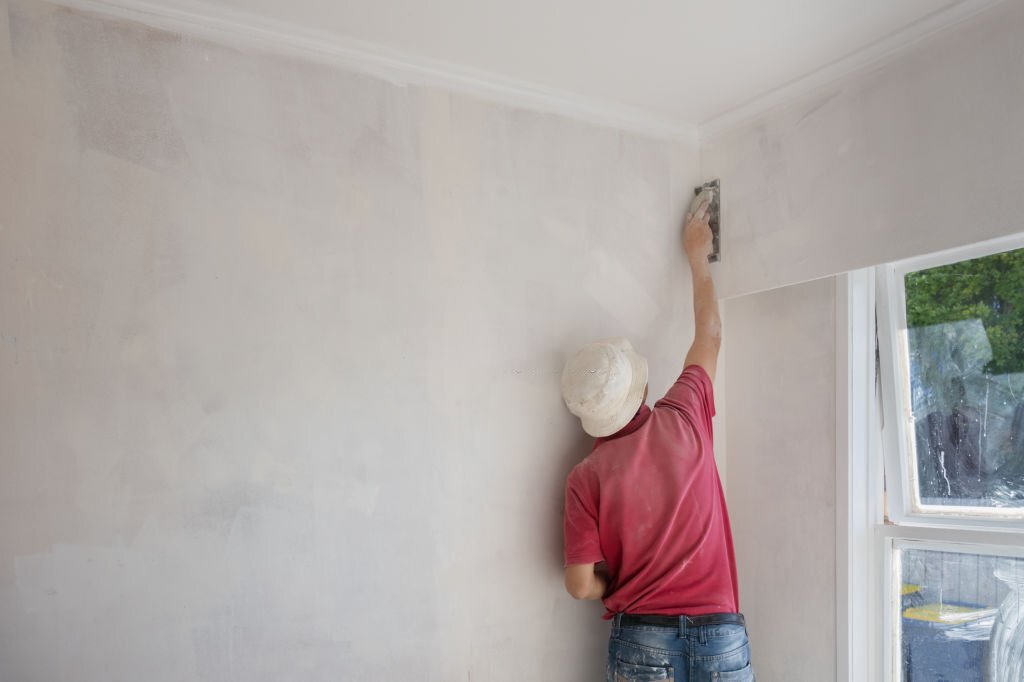GIB Fixing is the back-blocking, adjusting, or repairing GIB joins in maintaining their strength. As a Gib Fixer, you have several responsibilities to carry out daily. The first responsibility you should have is to ensure that your workstation is set up correctly, that your sheet layout is correct, and that you keep the GIB joins away from areas prone to movement. GIB (glass-backed) plasterboard is a veritable gold mine of building material, but putting it to good use can be a real pain. Luckily, there are many professionals out there with the knowledge and a budget to spare. The best of the crop are happy to oblige, and most are glad to get in for the long haul. If you have the time of your life, you’re bound to find one or two. They are worth the trek, and the resulting renovations will pay dividends in the long run. The only downside is that it will linger for the foreseeable future. Luckily, there’s a plethora of nifty newfangled tools on tap. The perks are plentiful, and the resulting renovations are worth the investment. GIB Fixing and Stopping is an integral part of installing plasterboard. It ensures the room’s safety while providing a smooth finish. Professional plasterers best do GIB Fixing. It takes time and effort to do this job properly.

GIB Fixing requires the correct sheet layout; following these standards can lead to problems later. The installation of a plasterboard is a critical part of the internal architecture of a building. If there are end joints on the wall, it is recommended to back-block the butt joints. This process involves creating a recess in the face of the plasterboard. The back-blocking system will ensure that the joint is not weakened or prone to cracking. The back-blocking system consists of plasterboard panels that are adhered to the back of the sheet joints. These panels are then slid into a cavity behind the drywall edge. The back blocks can be purchased pre-made or handmade. The back blocks must be at least 400mm wide and six inches apart. The back-blocking system is essential for drywall. It can help prevent problems in construction and increase efficiency. GIB or no GIB, if you’re building a new home or refurbishing your existing one, it’s wise to heed the advice of a professional. For example, if you’re considering making a home theatre, ask your savior if they have ever had to install a television. The last thing you want is to have your project fall apart.
There are several ways to ensure your home theater gets the best bang for your buck. In particular, ask your savior to perform a walkthrough to ensure you’re getting the quality of finish you deserve. Aside from the requisite safety checks, your savior should also advise you to ask them for referrals to other local contractors who have had great success in this endeavor. After all, if you can get a hold of a qualified contractor, your home theater will be a more pleasurable experience, one you can only afford to take seriously. In short, a well-planned home theater will pay off handsomely in the long run. A professional installer can help you plan your dream home, from the floor plan to the finishing touches. With this in mind, you’re well on your way to building the best home theater in your neighborhood.